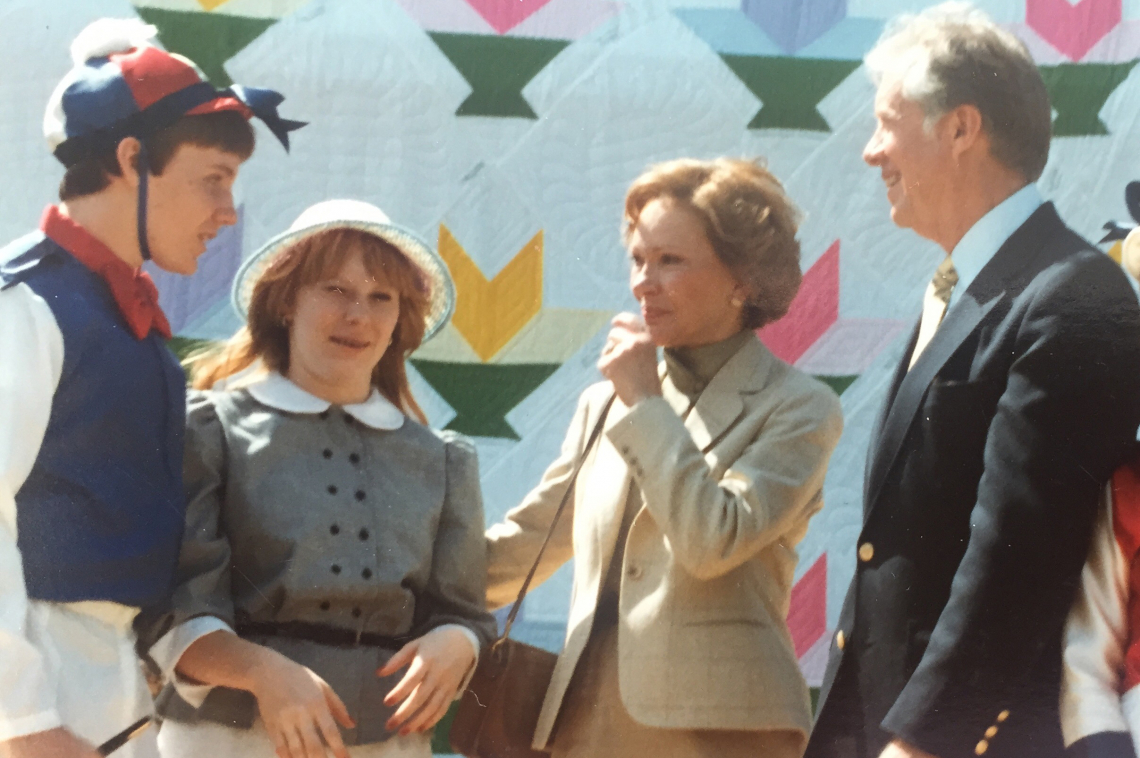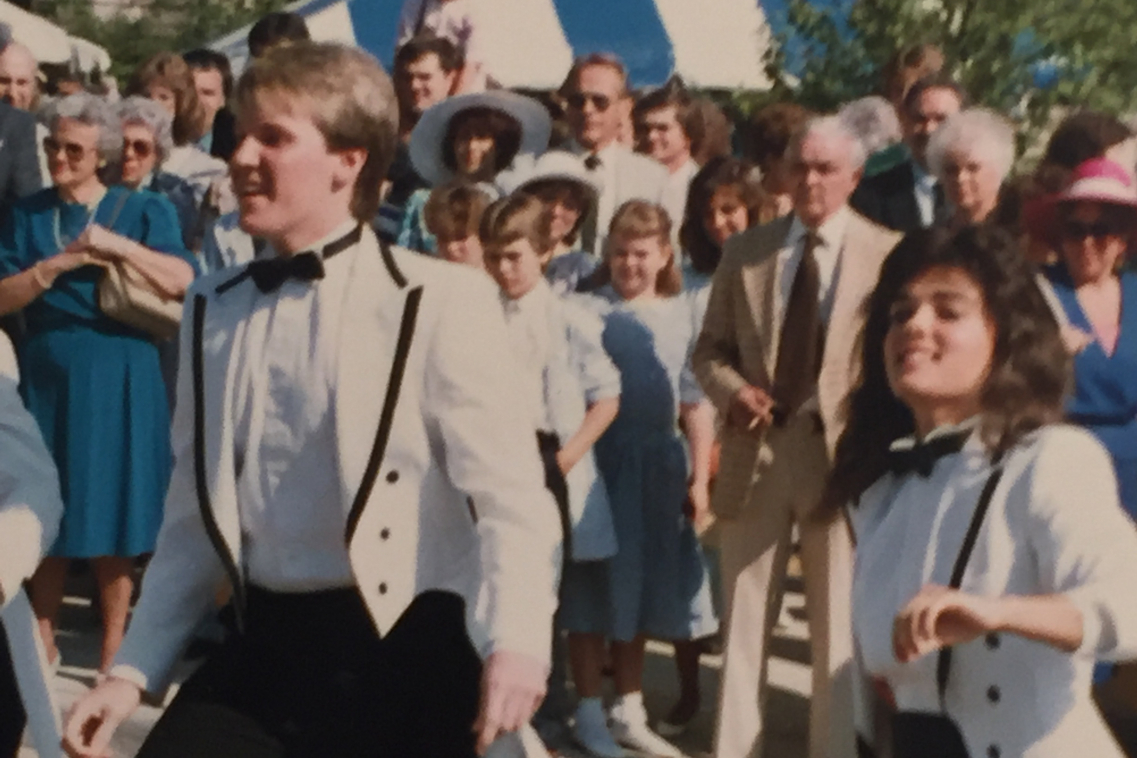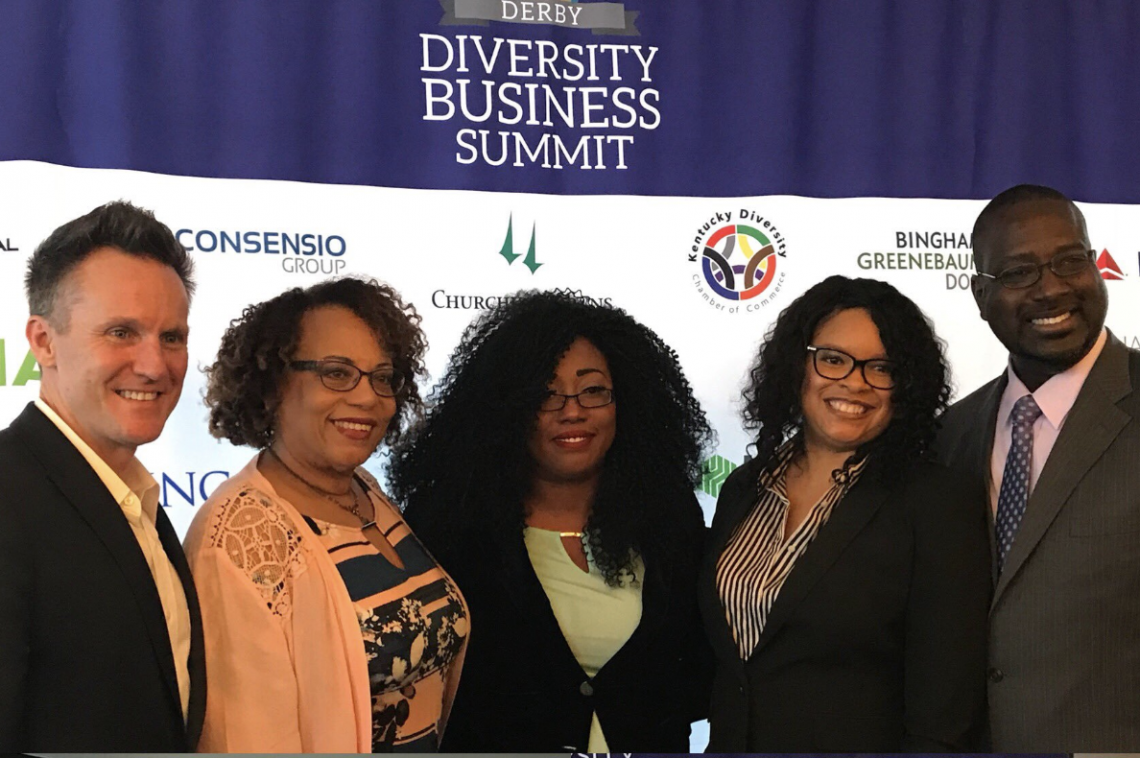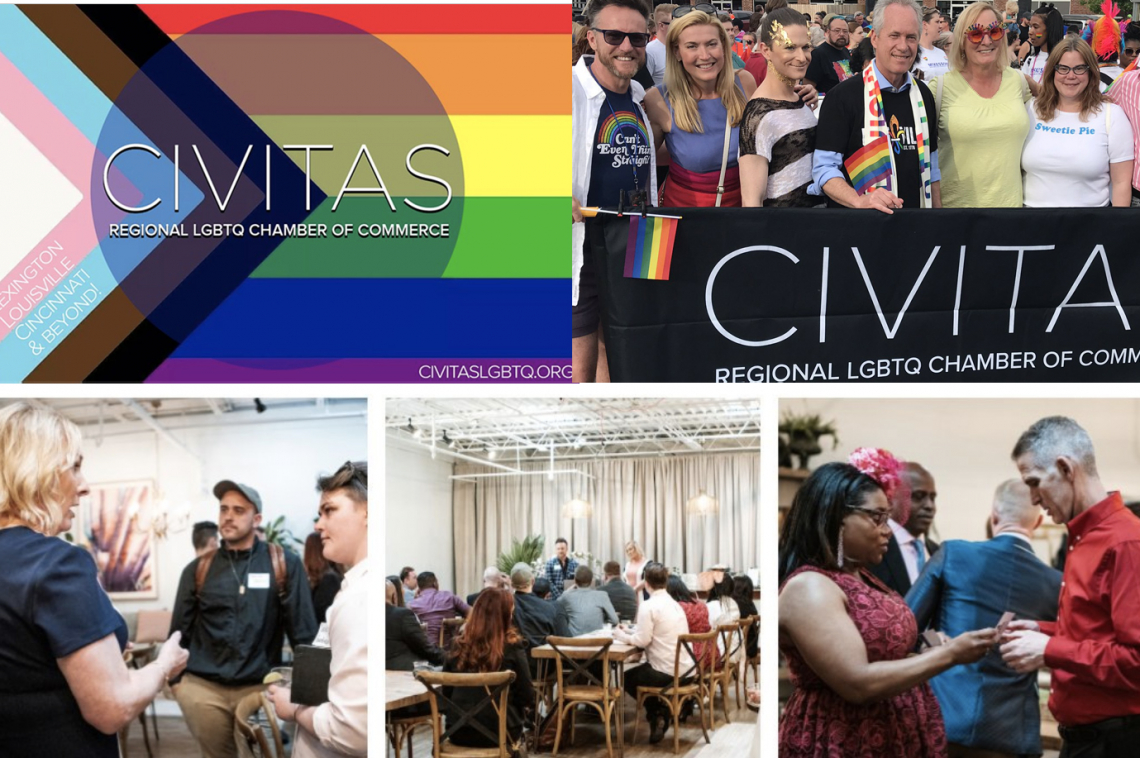




When I was in kindergarten, I was curious. I loved anything having to do with creativity and the arts. Painting. Costumes. Theatre. Singing. As I got a little older, I began taking clogging classes. I loved clogging!
Another school year or two went by and, yearning to belong, I signed up for little league baseball. I hated every minute of it. So, I barely showed up mentally for practice or games. Therefore, I never got better at playing. I was the kid literally out in left field. And, even though I wore the same uniform as the others on my team, I felt a deep sense of isolation.
After three or four tortuous years, I finally got up the courage to quit baseball and devote all my time to clogging. The place where I was able to show up and be me. Fully me. Tap shoes, fringed costumes, high kicks and all.
My clogging troupe and I went on to win competitions, perform on television shows, and even travel the world clogging as official goodwill ambassadors for the State of Kentucky. The arts gave me a framework for connecting my head and my heart toward creating novel life pathways not usually open to a kid in rural southeastern Kentucky.
The lesson here is that when people are able to show up as their “full” selves, their progress can become exponential—and this can position an ordinary group of people to accomplish extraordinary things.
Diversity, Inclusion, Innovation, & Production—and What the “Whole Self” Has to Do With Them
As a creative placehealer working with companies and large organizations, I think about my story a lot these days. It’s a good illustration of how the culture of a company can also be an ill fit for many employees who only bring an edited version of themselves to the job.
Companies in places like Kentucky face heightened operational and reputation risks because of a legal and social atmosphere that makes it difficult for African-Americans, people of color, and LGBTQ+ individuals to bring their “whole self” to work out of fear of discrimination.
Nationally, 71 percent of African-Americans believe they have fewer employment opportunities because they are African-American. Nearly 80 percent of LGBTQ+ people in the south remain closeted at work.[1]
It is important here that we not confuse diversity and inclusion. Diversity is what it “looks” like. Diversity is a policy output for companies. Despite progress in diversity efforts in the business community, we must understand that policy does not equal practice. The wellbeing of employees, and their families, is largely about everyday experiences on the job. Inclusion is what it “feels” like for diverse groups in an America where expressed identity is increasingly more complex. This is why building a healthy, inclusive workplace is a cultural act.
Culture directs and frames human capacities for innovation, like creativity, curiosity, and value creation. When these capacities intersect with inclusive workplaces and economic development practices, and culturally responsive approaches to wellbeing, the process of creation can be just as valuable as whatever is being produced. In other words, the right kind of creative placehealing practices and methods inside the business community can unearth new innovation pathways while simultaneously and measurably improving employee wellbeing.
For business leaders, this is a novel idea, and we are just beginning to understand its full potential. Imagine employee engagement and wellbeing strategies centered on the arts that also produce new innovations in products and markets! But, for this opportunity to be realized, culturally responsive inclusivity must be seen as core to the business’s creative process. This is not as odd as it sounds. Before “design thinking” was an innovation method, it was an approach used in the creative industries.
Now What? Toward a Cultural Wellbeing Framework
So where do we go from here? A 2018 study by the Gallup Corporation found that while culture is key to innovative output, traditional culture surveys are lacking by design. Only a rigorous, science-based approach can validate that culture change is making a difference.[2] This is the solution we are creating at the University of Louisville Center for Creative Placehealing (CCP).
The CCP and the Center for Health Organization Transformation (a National Science Foundation-funded research center), in partnership with the Louisville metro government and a group of Louisville-based corporations, are preparing to launch Cultural Wellbeing 2020. This initiative will make Louisville the first city in the U.S. to scientifically measure and begin to manage “cultural wellbeing” in the business community.
Our research suggests that a Cultural Wellbeing framework offers a next-generation model for adapting public health research to guide inclusive economic growth in the private sector. This framework has the potential to:
- Provide a dynamic method for companies to better serve the health and wellbeing of their employees while simultaneously bolstering cultures of inclusivity, diversity, and innovation;
- Bring together diverse fields of study (population health, business, and the humanities) through a holistic, culturally responsive new scientific instrument that combines research about hope, trust, and belonging in a predictive metric that functions like a compass businesses can use to chart a more precise course toward evidence-based economic development (which research suggests can improve costs and accelerate growth, even in an ever-shifting cultural landscape); and
- Catalyze a culture shift toward workplaces where people feel safe, supported, and able to rise to their highest potential. Research shows that inclusive corporate cultures taking an asset-based approach to employee development have a direct, positive impact on employee wellbeing. Wellbeing, in turn, impacts retention, innovative output, market performance, and economic growth by unlocking human potential across a diverse workforce.
The CCP’s practical new approach recognizes the import of America’s emerging cultural context: one in which people and companies make decisions together. Even as our country is comprised of increasingly complex identity formulations, an “us vs them” mentality seems to be getting more entrenched. Economic inequity rises, and we continue to experience a decades-long decline in social services funding. Likewise, we are at the beginning of a privatization movement directed at our nation’s public health system.
How all of this plays out over the long term is yet to be seen. However, one thing is sure: the private, public, and nonprofit sectors must become better aligned. The CCP was created to help find this way forward; a way that creates value for both business owners and society.
In the next and final article of this series, I will delve into practical tactics for creative placemaking practitioners who are interested in engaging the business community in a new way.
***
Theo Edmonds is an artist, cultural futurist, champion clog dancer, and health innovator. He is an Assistant Professor at the University of Louisville School of Public Health & Information Sciences, where he also serves as Founding Director of the Center for Creative Placehealing. He is co-founder of IDEAS xLab and Vice President of CIVITAS, a regional LGBTQ Chamber of Commerce. Theo was named by Southern Living magazine as one of 50 People Changing the South.
[2] The Gallup Corporation. (2018). Gallup’s Approach to Culture. Retrieved from https://www.gallup.com/workplace/232682/culture-paper-2018.aspx





